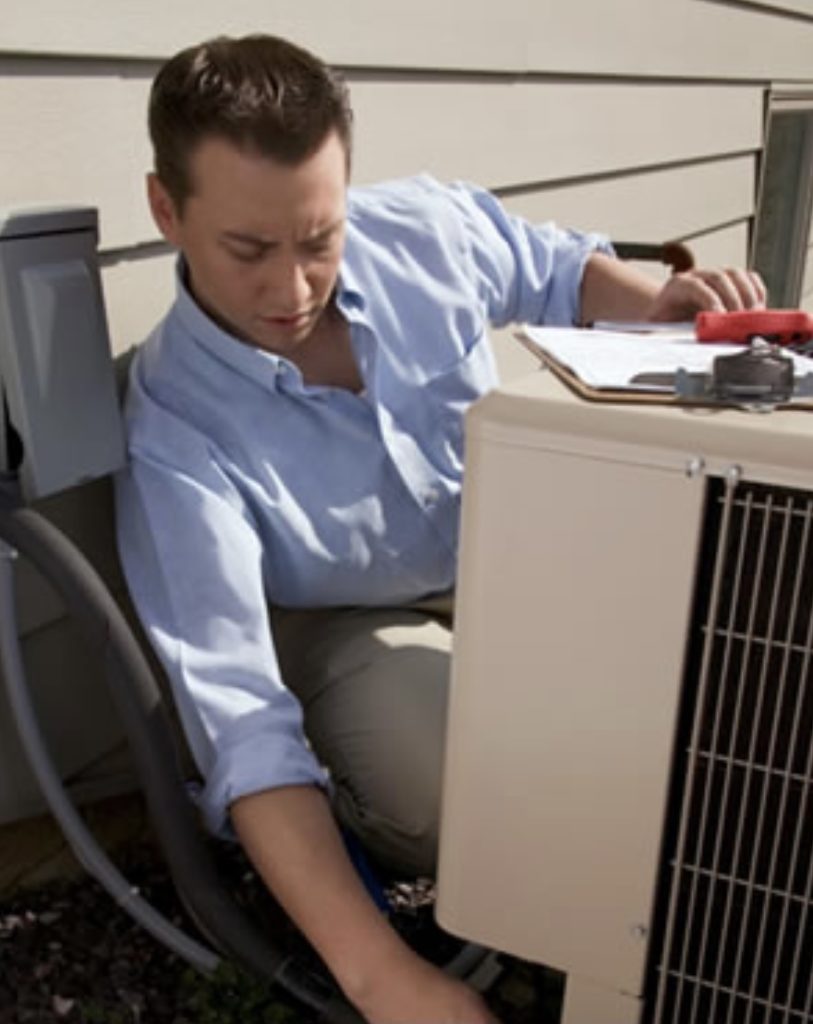
Types of HVAC System and Which One is Right for You
A HVAC (Heating, Ventilation, and Air Conditioning) system is a variety of heating and cooling systems used to transport air between the interior and outdoor regions or to heat and cool a building, whether residential or commercial. Climate control refers to the systems that keep you warm and cozy in the winter and cool and refreshing in the summer. This category also includes systems that clean and filter indoor air to keep you healthy while maintaining ideal humidity levels.
Types of HVAC Systems you need to know about:
Below are some of the different HVAC systems you can choose from.
Single/Multi-Stage
Many people in colder winter regions and those who live in hot and humid climates prefer single-stage HVAC system since they are frequently designed to provide comfort on the coldest or hottest days of the year. Notably, the heating and cooling systems continue to run at full capacity even when not in use. As a result, utilizing a tiered approach might save you time and money. If your heating and cooling systems are running at temperature changes may be invisible.
These devices impede the movement of air when used to heat or cool certain areas. System zones may help you save money and resources by heating or cooling a particular sector only when needed. Zoned systems are gaining popularity.
Added Humidity Controller
Adding humidifiers and dehumidifiers to your current heating and cooling systems should be a top priority. Humans need a relative humidity of about 50% to be healthy. Unlike boiler-based forced-water heating systems, these systems allow for exact humidity control while heating and cooling a house.
Varied System for Heating Your House
According to the US Department of Energy, conventional heating systems are now up to 97 percent efficient, transforming virtually all of the fuel they consume into useful heat for your house. Warming a concrete or another kind of floor using a heated flexible tube filled with water or glycol is possible but not advised. Due to the fact that concrete absorbs and slowly releases heat, radiant systems perform optimally when installed on concrete floors.
The mechanism for Energy Efficiency
There is currently a no more effective method of quantifying efficiency than using something like Seasonal Energy Efficiency Ratings (SEERs). While higher efficiencies are more likely to be cost-effective, the SEER 13 efficiency criterion is the bare minimum to consider. Central air conditioning systems with SEER values of up to 16 are available on the market.
Energy efficiency ratings (EER) are important in hot and dry areas because they reflect how well a system will function under stress. Energy Star-certified systems use the least amount of energy.
Split-system Central Air Conditioning
The compressor, condenser, and evaporator are the three most important parts of an air conditioner (which cools the air). Unlike the compressor and condenser, the evaporator is usually found on the interior of the air conditioner. Split-system central air conditioners are almost exclusively employed in residential settings.
Ductless Mini-split Systems
While ductless mini-split systems may be installed, they can be difficult due to the necessity for both inside and outside units, as well as refrigerant and condensation lines to connect the two. These systems are becoming more popular as a result of their ease of installation. These systems will cost between $1,500 and $2,000 per ton, according to the US Department of Energy.
Size of the Unit Matters
For efficient air conditioning, the right size is crucial. A bigger unit does not automatically suggest that it is better since a huge unit will struggle to chill a vast area evenly. In terms of dehumidification, a small machine that runs constantly consumes less energy.
Which One Is Best For You?
An air conditioner uses around 20 British thermal units of energy to cool one square foot of living space (Btu). A digital thermostat display, easy-to-remove filters, well-organized controls, and an integrated timer are all desirable features. Investing in a newer unit with a higher Department of Energy efficiency rating, such as a 10 or above, might save you up to 50% on your energy bills.
Central air conditioning systems exist in a number of sizes and configurations, but it ultimately boils down to personal preference.
